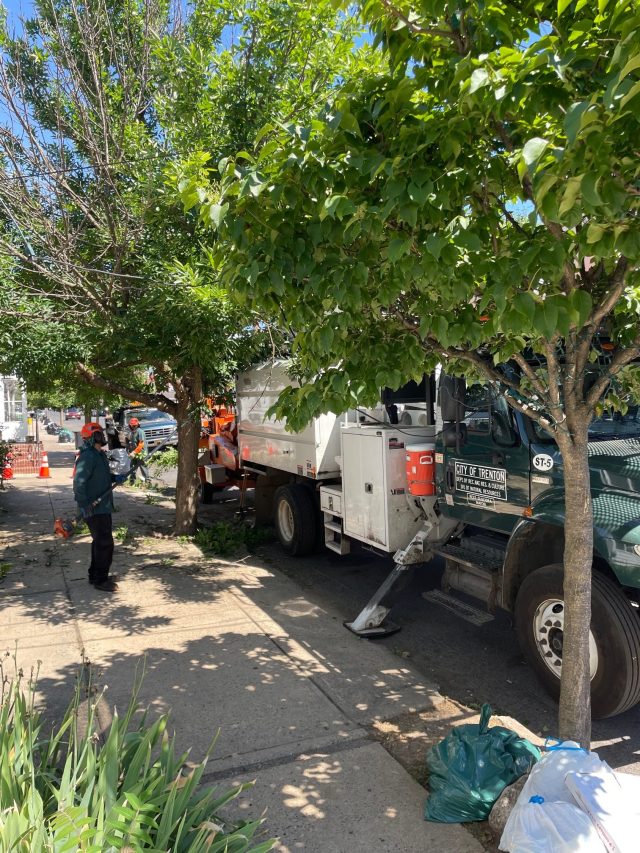Green Guardians: How Trenton's Urban Forest Transforms Mental Health and Ecology

Urban Green Guardians: How Trees Beat the Summer Heat
Imagine walking down a city street and suddenly feeling a refreshing drop in temperature. This isn't magic—it's the incredible cooling power of trees. Recent research reveals that these leafy urban sentinels can dramatically reduce local temperatures by up to an impressive 25 degrees Fahrenheit.
During scorching summer days, trees act like natural air conditioners, transforming city landscapes into cool, comfortable environments. Their dense canopies provide shade and release moisture through a process called transpiration, effectively lowering surrounding air temperatures and creating natural cooling zones.
Urban planners and environmental scientists are increasingly recognizing trees as critical infrastructure for climate resilience. By strategically planting trees along streets and in public spaces, cities can combat the urban heat island effect, making metropolitan areas more livable and comfortable during intense summer heat waves.
These green guardians do more than just cool—they improve air quality, reduce energy costs, and enhance the overall well-being of urban residents. So the next time you seek relief from summer's intense heat, look to the nearest tree: nature's own cooling system.
